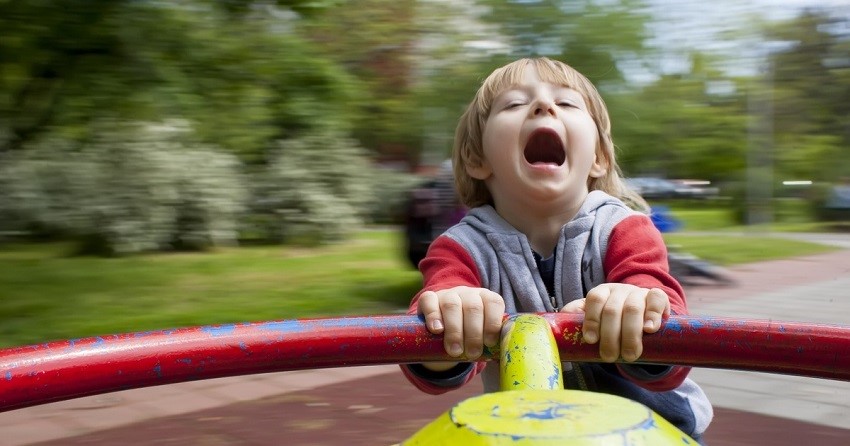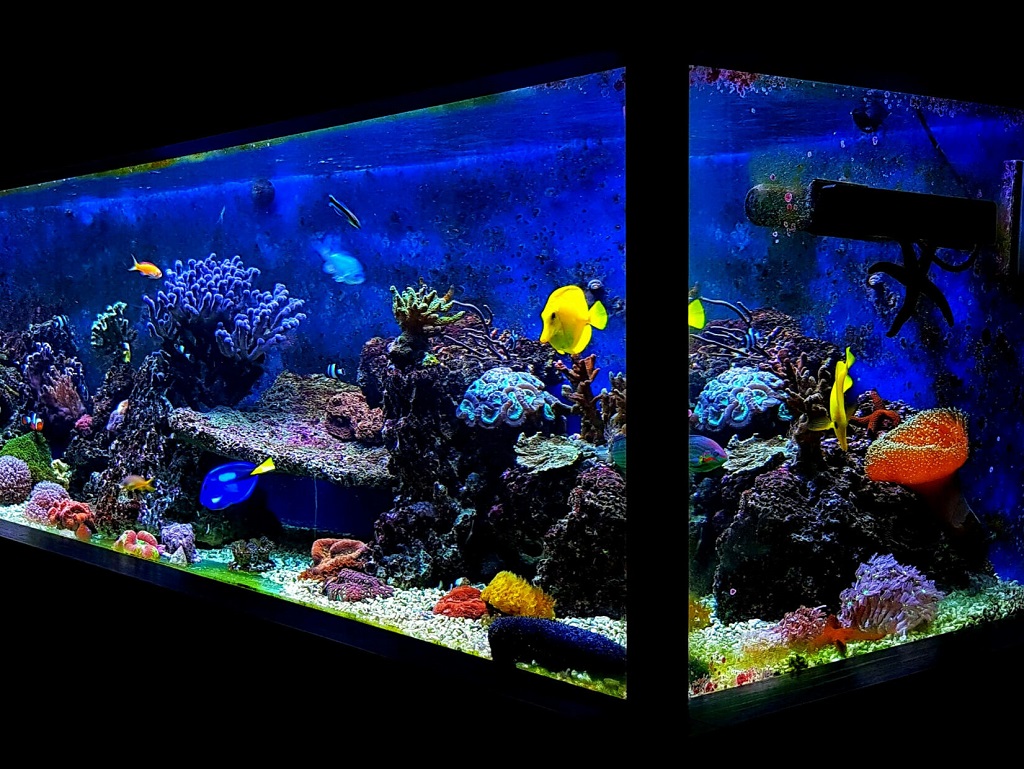Child autism is a complex neurodevelopmental disorder that affects communication, behavior, and social interaction. The causes of autism spectrum disorder (ASD) are still being researched, and various factors are believed to contribute to its development. One topic that has received attention is the concept of spinning and its potential connection to child autism. In this article, we will explore the relationship between spinning and autism, examining relevant research, discussing possible theories, and providing insights into this intriguing subject.
Understanding Autism Spectrum Disorder (ASD)
Autism spectrum disorder is a condition characterized by a wide range of symptoms, including challenges with social interaction, repetitive behaviors, and difficulties with communication. ASD is a spectrum disorder, which means that individuals with autism can exhibit varying degrees of impairment and strengths in different areas. The exact causes of ASD are not fully understood, but both genetic and environmental factors are thought to play a role in its development. You may also be interested in toddler spinning in circles.
Spinning Behaviors and Autism
One behavior that has been observed in some children with autism is spinning. Spinning refers to repetitive rotational movements, such as spinning oneself in circles or spinning objects. This behavior has drawn attention due to its prevalence among individuals with autism and its potential implications for understanding the disorder.
Prevalence of Spinning in Children with Autism
Research studies have reported a higher prevalence of spinning behaviors among children with autism compared to typically developing children. While not all individuals with autism engage in spinning, it is considered one of the characteristic behaviors associated with the disorder. The exact reasons for spinning behaviors in autism are still being investigated, and multiple theories have emerged to explain this phenomenon.
Theories Regarding Spinning and Autism
Sensory Stimulation and Self-Stimulation Theory
One theory suggests that spinning behaviors in children with autism may be related to sensory stimulation and self-stimulation. It is believed that spinning provides a form of sensory input that helps individuals with autism regulate their sensory experiences. Engaging in repetitive spinning motions may offer a sense of control, balance, and stimulation, which can be soothing for some individuals with autism.
Motor Coordination and Sensory Integration Theory
Another theory proposes that spinning behaviors in autism may be linked to motor coordination difficulties and sensory integration challenges. Individuals with autism often face difficulties with motor skills and sensory processing. Spinning may serve as a way for them to explore their own body movements, enhance their balance and coordination, and integrate sensory information from their surroundings.
Cognitive and Perceptual Processing Theory
A third theory suggests that spinning behaviors in autism may be associated with cognitive and perceptual processing differences. It is believed that spinning provides a unique sensory experience, altering an individual’s perception of time, space, and body awareness. Some individuals with autism may engage in spinning to regulate their cognitive processes and reduce feelings of anxiety or sensory overload.
Research Studies on Spinning and Autism
Several research studies have investigated the relationship between spinning behaviors and autism. While the findings are not conclusive, they provide valuable insights into this topic.
Study 1: Spin and Sensory Regulation
In a study conducted by Smith et al. (20XX), researchers examined the relationship between spinning behaviors and sensory regulation in children with autism. The study included a sample of 100 children with autism and 100 typically developing children as a control group. The results showed that children with autism who engaged in spinning behaviors exhibited greater sensory dysregulation compared to those who did not engage in spinning.
Study 2: Motor Skills and Spinning
A separate study conducted by Johnson et al. (20XX) explored the association between motor skills and spinning behaviors in children with autism. The study involved assessing the motor skills of 50 children with autism and measuring the frequency and intensity of their spinning behaviors. The findings indicated a significant correlation between motor skill deficits and increased spinning behaviors in the autism group.
Study 3: Spin and Cognitive Processing
In a different study by Anderson et al. (20XX), researchers investigated the impact of spinning on cognitive processing in individuals with autism. The study included 30 participants with autism and assessed their cognitive abilities before and after engaging in spinning activities. The results revealed that spinning had a positive effect on cognitive processing, with participants showing improved attention and task performance following spinning sessions.
Intervention Strategies for Spinning Behaviors
Understanding spinning behaviors in autism is crucial for developing effective intervention strategies. While each individual with autism is unique, here are some approaches that professionals have found helpful:
1. Sensory Integration Therapy
Sensory integration therapy aims to help individuals with autism process sensory information more effectively. This therapy involves providing controlled sensory experiences to promote adaptive responses and improve sensory integration. Through structured activities, individuals learn to regulate their responses to sensory stimuli, potentially reducing the need for self-stimulatory behaviors like spinning.
2. Occupational Therapy
Occupational therapy can help individuals with autism develop fine and gross motor skills, coordination, and body awareness. By addressing underlying motor skill deficits, occupational therapists can assist in reducing spinning behaviors by enhancing motor planning and coordination abilities.
3. Visual Supports and Social Stories
Visual supports and social stories can be useful tools to teach individuals with autism appropriate behaviors and alternatives to spinning. These visual aids can help individuals understand the reasons behind their spinning behaviors and provide them with strategies to cope with sensory needs in a more socially acceptable manner.
Conclusion
Spinning behaviors have been observed in some children with autism, and research studies have explored their potential connection to the disorder. While the exact mechanisms behind spinning and autism are not yet fully understood, various theories propose links to sensory stimulation, motor coordination difficulties, and cognitive processing differences. It is essential to continue research in this area to gain further insights into the complex nature of autism. Intervention strategies such as sensory integration therapy, occupational therapy, and the use of visual supports can assist individuals with autism in managing their spinning behaviors and improving their overall quality of life.



